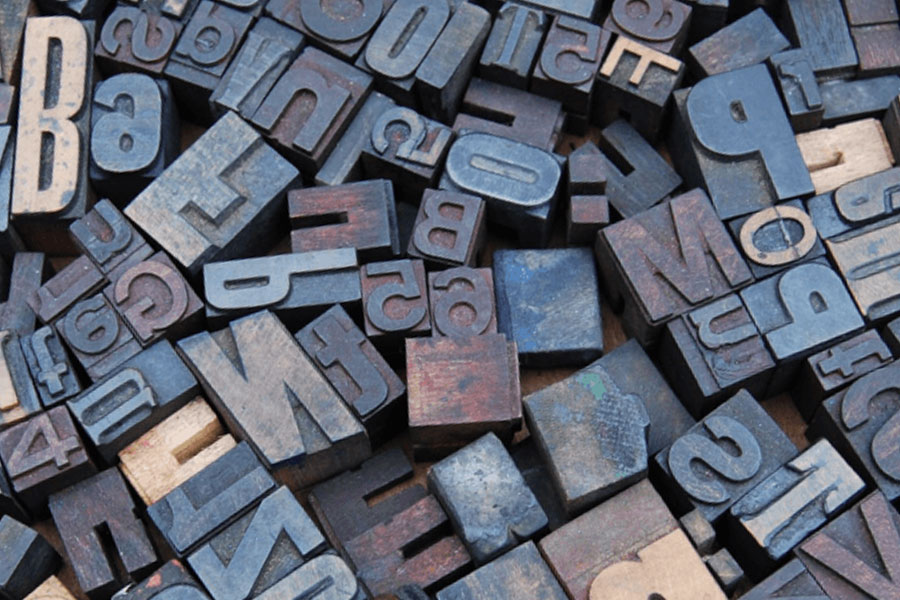Choosing the Right Typography for Your Website: A Guide for Designers
Typography is a fundamental element of web design that significantly impacts the overall aesthetic and readability of a website. Choosing the right typography involves more than just selecting a font—it requires careful consideration of factors such as legibility, readability, brand alignment, and the overall user experience. In this article, we will provide a comprehensive guide for designers on how to choose the right typography for their websites, ensuring a visually appealing design that engages users and effectively communicates the intended message.
1. Legibility and Readability:
Prioritize legibility and readability when selecting typography. Ensure that the chosen font is easily readable at different sizes and across various devices and screen resolutions. Consider factors such as letterforms, spacing, and line height to optimize readability and prevent eye strain for users.
2. Brand Consistency:
Typography plays a crucial role in reflecting a brand’s identity and personality. Choose fonts that align with your brand’s visual language and evoke the desired emotions and perceptions. Consistency in typography across different brand touchpoints helps establish a cohesive and recognizable brand image.
3. Contrast and Hierarchy:
Create a visual hierarchy with typography to guide users through your content. Utilize font weights, sizes, and styles to differentiate headings, subheadings, and body text. Contrasting fonts can draw attention to important elements and enhance the overall visual appeal.
4. Responsive Design Considerations:
With the prevalence of mobile devices, ensure that your chosen typography is responsive and adapts well to different screen sizes. Test the readability and legibility of fonts on various devices to guarantee a seamless user experience across platforms.
5. Pairing Fonts:
Pairing fonts effectively can add visual interest and personality to your website. Combine fonts with complementary characteristics to create harmonious typography combinations. Consider font families, styles, and weights to achieve a balanced and visually appealing composition.
6. Readability Testing:
Conduct readability tests with your chosen typography to gauge its effectiveness. Test the font in real-life scenarios to ensure it meets the needs of your target audience. Collect feedback and make necessary adjustments to improve readability and user experience.
Selecting the right typography is a critical aspect of web design that can greatly impact the overall aesthetics and user experience of a website. By considering factors such as legibility, readability, brand consistency, contrast, hierarchy, responsive design, font pairing, and conducting readability testing, designers can make informed decisions that enhance the visual appeal and communication effectiveness of their websites. Remember, typography is not just about choosing fonts—it’s about conveying a brand’s message, guiding users through content, and creating a memorable and engaging user experience. Embrace the art of typography in your web design process, and elevate your website’s visual impact and user engagement.

